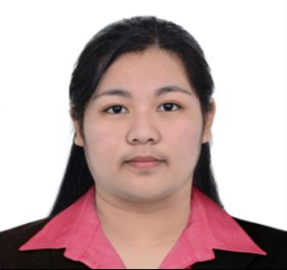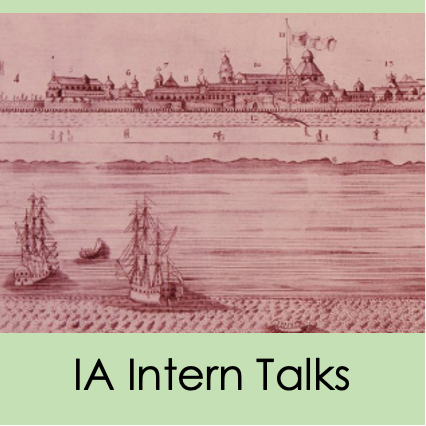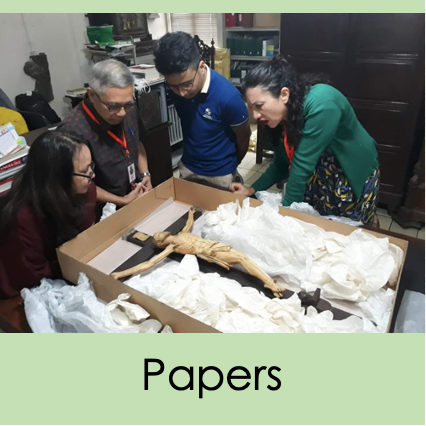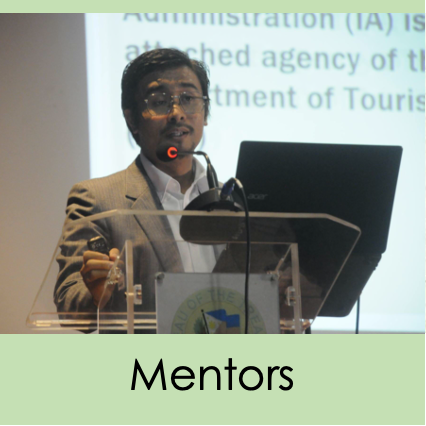By Christian Paul Agapito, Jenine Joyce Ella Mae Pingol, and Jasmin Louise Rollan
Note: This is a paper produced under the Internship Program of the IA Center for Intramuros Studies.
Abstract
The mainstream media, typically in the form of documentaries or news features, is considered an effective tool in reaching countless audiences due to its accessibility. Due to this, it is often used to transmit stories, narratives, or even agendas about a certain subject or place. Nowadays, the emergence of social media, especially in recent years, makes sharing anything in cyberspace easier than ever. Alongside is the popularity of video blogs (vlogs), which are often used to share personal travel experiences and perceptions about the places visited. Popular historic sites and tourist attractions such as Fort Santiago tend to be often found in travellers’ itineraries. Therefore, it has also been a subject of numerous vlogs and documentaries. In this regard, the research entitled “If Walls Could Talk: Contemporary Media’s Perception of Fort Santiago Through Selected Video References,” aims to identify circulating perceptions and the factors that contribute to the proliferation of these narratives on Fort Santiago by examining amateur travel vlogs and professionally crafted documentaries, virtual tours, and lectures posted on Youtube. Walter Fisher’s Narrative Paradigm will be used to support the claim of this research that the narratives formed from the selected video references can influence the overall imagery of Fort Santiago. This research used the qualitative approach by utilizing the empirical analysis to examine and interpret the contents of the selected video references. Given these results, while also taking into consideration the ever-growing reach and popularity of social media usage, it is evident that the overall imagery of Fort Santiago is being affected by the popularity and circulation of vlogs and documentaries in cyberspace. Although there have been similarities in the observed recurring themes from both categories, their distinctiveness is still evident and retained.
Keywords: Fort Santiago; Vlogs and Documentaries; Recurring Themes and Factors; Narrative Paradigm.
To get a copy of the paper email [email protected]
About the Interns
This research paper was completed in September 2021 under the internship of Christian Paul Agapito, Jenine Joyce Ella Mae Pingol, and Jasmin Louise Rollan

Christian Paul Agapito is a third-year student of Bachelor of Arts in History at the Polytechnic University of the Philippines-Manila. His research interests are Pre-16th Century Philippines, Maritime History, the Philippine Revolution, and Economic History. He is a consistent Dean’s and President’s lister and an active member of the PUP Department of History’s Samahang Mag-aaral ng Kasaysayan (SMK) since 2018.
Testimonial: I would like to extend my heartfelt gratitude to the Intramuros Administration (IA) for allowing me to take part in this internship program, as part of our on-the-job training (OJT) requirement. This internship program helped me grow as a researcher and overall, a better scholar. During my stint, I gained lots of improvements in my craft and became even more knowledgeable about the historic walled city of Intramuros. I will do my best to apply my learnings from this experience to my future academic endeavors, as well as sharing my knowledge to the best of my abilities. I am looking forward to another opportunity of working with the IA in the future if given a chance.

Jenine Joyce Ella Mae Pingol finished her primary education in Baloc Elementary School, while she finished her secondary education in Santo Domingo National Trade School. Both schools are in the humble province of Nueva Ecija. Currently, Miss Pingol is in her third year of taking her Bachelor of Arts in History degree at the Polytechnic University of the Philippines. As a young student, her interest involves military history especially with the role of Nueva Ecija (her home province) in the revolution of 1896. She also has an interest in military tactics and weaponry as well as battle formations and strategies.
Testimonial: Our internship in the Intramuros Administration officially started on the 4th of August of 2021. During the first day, all of the interns are oriented about the work or research that we will have to complete for our internship. Furthermore, we were also introduced to the Presidential decree 1616, which is applied in the protection of the walled city. In the following weeks, we had further discussions about Intramuros and certain circumstances. Where we learned more about the difficulties or situations the administration was facing. We also studied the restrictions and limitations in the preservation and development of Intramuros. During this time, we learned a lot of things about the management of Intramuros which helped us understand not only how the walled city is run, but regarding the preservation and conservation of important historical sites as well. In the end, our internship in the Intramuros Administration taught so many things that will be important in the future. Alas, our experience as interns in the Intramuros Administration helped us to grow and learn to become better history students and hopefully in the future, brilliant historians. And with that, I would like to express how grateful I am for the opportunity the Intramuros Administration had provided for us.

Jasmin Louise Rollan is a third-year college student in the Polytechnic University of the Philippines Manila under the Department of History. Her research interests include the study of Pre-16th Century Philippine Cultures, Archaeology, Social History, and Southeast Asian History. She is currently a contributing member of the Committee on Development which oversees the planning and improvement of previous activities for better execution of the department’s events. She has already been involved in planning and hosting conferences, roundtable discussions, and forums organized by the said department. Last 2019, she presented a research paper entitled “Anti- Clericalism in the Late 19th Century Manila: The Triangulo de los 33 and the Manifestation of 1888” in the 5th National Conference on Local and Oral History held in the Polytechnic University of the Philippines Manila’s Bulwagang Bonifacio.
Testimonial: As a student of history, it is quite unfortunate that we were not able to pursue our work within the premises of Intramuros during our month-long internship. Nonetheless, the experience we have gathered from this is much needed as we move forward with our careers. We were given the opportunity to work as a team and hone our skills further in the field of research despite the limited amount of time. Another advantage of inquiring in the Intramuros Administration’s internship program is that we were exposed to various fields and methods in conducting research and were guided closely all throughout the study. I am grateful for this opportunity to work under the Intramuros Administration as an intern and sincerely hope that our paper could contribute to the body of knowledge in relation to Intramuros’ history and culture.
Internship Mentor: Rancho Arcilla, M.A.
Learn more about the Internship Program of the Center for Intramuros Studies
Contact us: [email protected]
Interested in applying for an internship at the IA Center for Intramuros Studies? Email us your CV with cover letter via [email protected]. Address your letter to Rancho Arcilla, Coordinator, Center for Intramuros Studies, Intramuros Administration. For more information on our Internship Program go here.
Note: The opinions expressed by our interns in their papers and presentations during their internships with us do not necessarily reflect any statement, stand, or position of the Intramuros Administration or of any of its personnel. Moreover, inclusion of research papers or project proposals in the online database of the Center for Intramuros Studies or the website of the Intramuros Administration do not necessarily constitute as an endorsement.
For more information contact the Center for Intramuros Studies via [email protected]
Cannot find what you are looking for? Try requesting for more data via our eFOI Portal.











